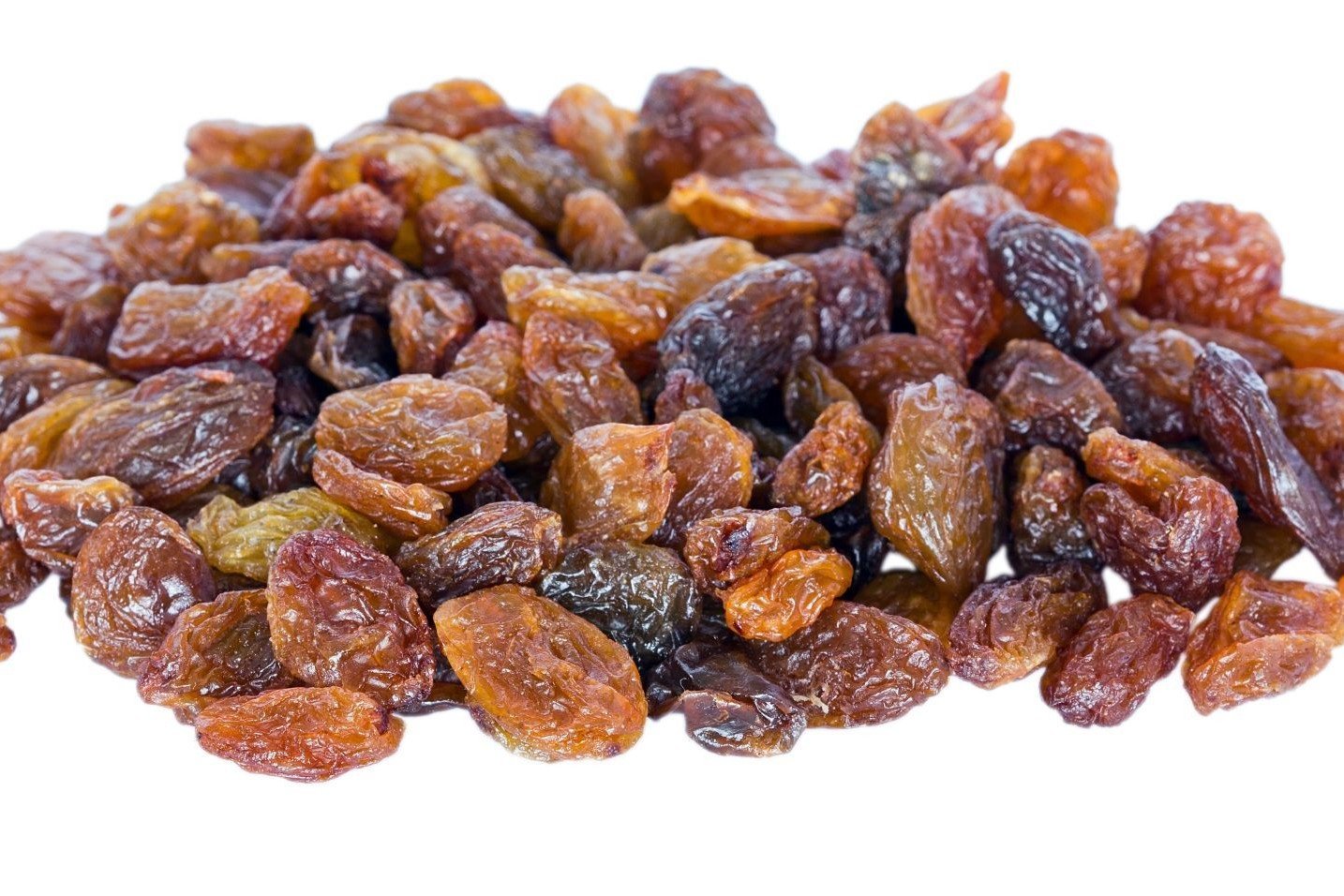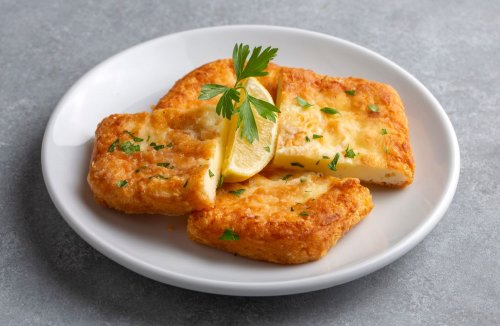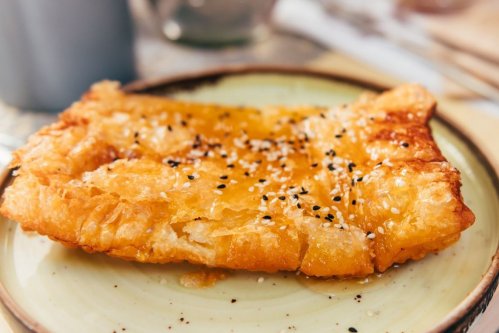Corinthia, a place full of tasty surprises
Natural beauty with delightful culinary experiences
Escaping to Corinthia, close to Athens, is always an enjoyable experience. Natural beauty is combined with delightful culinary experiences, in a rare combination, so close to the capital.
In just 3 hours from the city, you can see lakes, leguminous fields with famous legumes, slopes overgrown with firs and full of bees.
The Feneos plateau is adorned by the artificial lake Doxa, in a landscape of rare beauty, with the forested and in winter snow-covered mountain peaks reflected in its crystalline waters.
The plateau is famous for its legumes

The small, white PDO Feneou Vanilla beans, boiled and pure sweetness, become the raw material for delicious bean pastes served by taverns and cafes in the area. The same goes for the PDO Feneu fava beans which, together with the beans, found on the plateau the ideal soil and climate to thrive and acquire rare taste and sweetness.
A little higher, in the Monastery of Saint George or "Fonia", every May don't miss the treat of fragrant sweet spoon rose that the monks have been making for decades and whose fame is equal to that of the beauty of the monastery and the nature around it.
In mountainous Corinthia, the tsoukalis in the taverns and the houses munch on cooking with local products: mountain potato, all-sweet Velina tomato, roast pork (the most emblematic food of the mountainous Peloponnese), boiled goat, oven-baked mutton, roasted rooster, delicious pies with selected cheeses of the region, herbs and wild fried greens with tomato, beans, pork fricassee, country sausages, wild boar stew, birch and scallions in the shell, short spits, pork salami with walnuts, chicken, stewed trachanades, chicken with noodles, nut pies with syrup and a thousand and two more dishes.

Look for small family-run cheeseries throughout the destination to get exquisite barrel-aged PDO feta, antho cheeses, gravies, kefalotyri and traditional sheep's yogurt, but also the local ziriotyri, hard and spicy, ideal for daily saganakis but also for grating in nice pastas and stews.
The small women's cooperative groups put all the passion and traditional art from mothers and grandmothers and make use of the local ingredients, preparing spoon sweets, jams, liqueurs, noodles, trachanades, sauces and pastes.
Mushroom pickers find in Ziria a wonderful variety of wild mushrooms that you will enjoy in taverns and restaurants in a thousand and two simple or imaginative recipes, of rare delicacy. The honey of the Corinthian mountains is also famous, especially the wild honey with its excellent properties and dense, caramel texture.
Lower down, the lowlands of the prefecture are dominated by olive trees that produce wonderful olive oil of the Manaki variety, the basis for all the excellent oily dishes of Corinth.
Greens and herbs abound and are included in many simple everyday dishes, since ancient times, with wild asparagus being the most characteristic. There is no need to say about the raisin, the most historic and finest product of Corinth.

Both the PDO Corinthian black currant and the blonde sultana are cultivated both in the lowlands and in the mountains of the prefecture and were in the past the driving force of the economy not only of the region but also of the whole of Greece.
For centuries, from here and other cities of the Peloponnese, dried raisins were exported (and are still exported in significant quantities), to the countries of Northern Europe, mainly to Britain, to be used in traditional sweets, such as English pudding, cakes and their cookies.
Accordingly, the British sent salted cod to our country from their cold seas, and this is how these two products were combined in a typical Peloponnesian dish, the cod with tomato and raisins, also known as "chiladia". The raisin here even goes into vegetable pies and stews.
Countless raisin sweets in the local and generally Moraitian traditional cuisine. Cookies, New Year's baklava with plenty of raisins (!), melachrone (a kind of cake with petimezi and raisins), country pancakes, raisin baking, lantern pies!
However, the citrus fruits of the region are also famous, such as oranges and lemons, which are used in a multitude of sauces and liquids for preservation.
However, they are also included in sweets, with the most famous being "koufia", a very special fasting sweet made mainly in Xylokastro and it is a kind of sweet pie with dough on the outside and a filling of nuts, sesame and orange peel.
The dessert is finally sprinkled with floral water from citrus blossoms and sprinkled with dust. A wonderful way to accompany a cup of Greek coffee!
One could not talk about Corinthia without mentioning its wines

It is not only the famous Nemea PDO zone that gives wonderful wines and places Corinth in one of the top positions on the wine map of Greece.
Agiorgitiko PDO, Savvatiano, Roditis, the local variety Alepou and also a multitude of French varieties that have found here a wonderful climate to thrive, complete the variety of Corinthian wines.

Gastronomy





